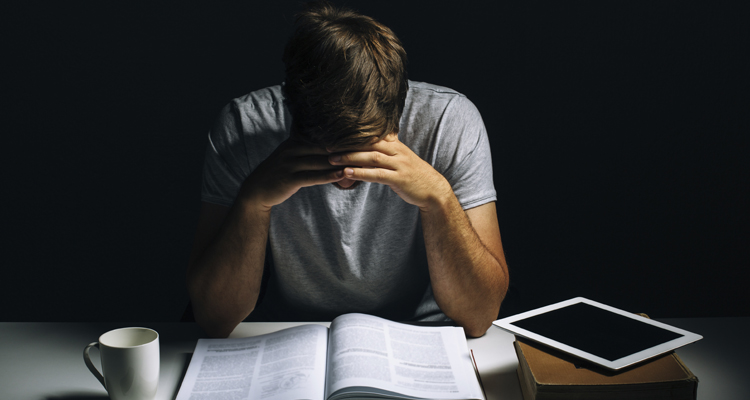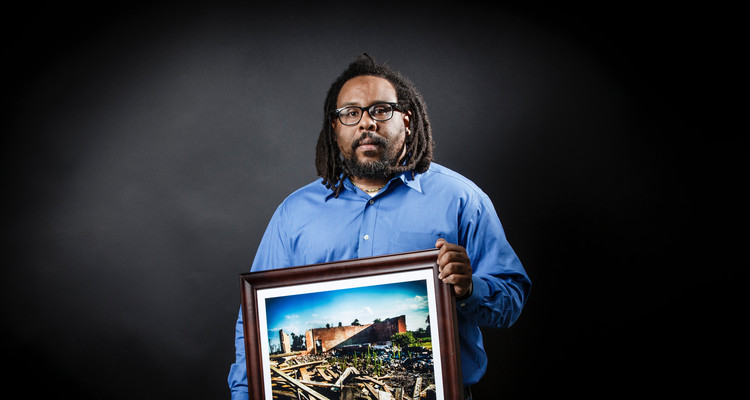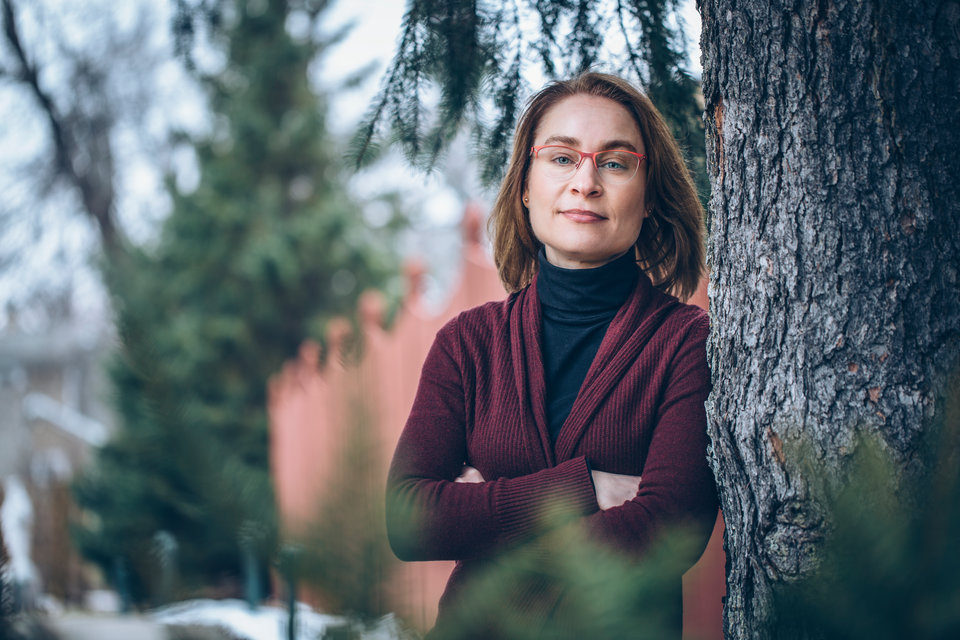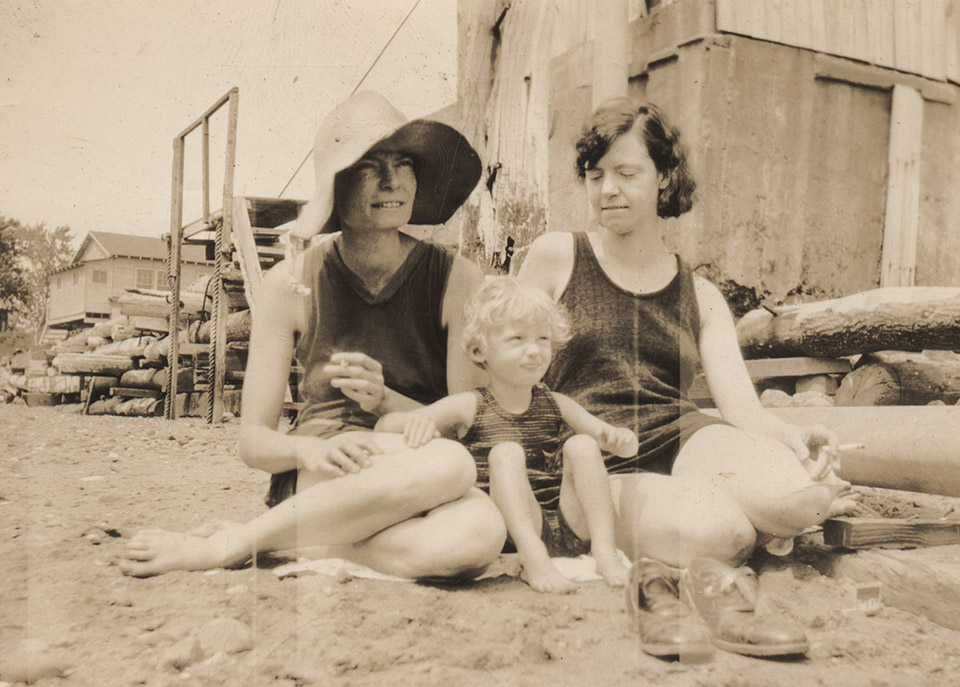Try to recall a time when you suffered from poor sleep. Perhaps you were caring for a newborn, working the night shift or feeling jetlagged from a trip abroad. Do you remember foggy-headedness, irritability or problems concentrating? For many college students, experiencing these problems and living in a perpetual state of sleep deprivation is normal. “How much sleep do we really need?” students often ask, hoping for one more corner-cutting life hack. The answer, “As much sleep as you need so that you don’t need an alarm clock to wake up!” is met with quizzical and dubious looks. Most students cannot recall a time except vacation when they consistently slept until they were fully rested.
The consensus of the scientific community is that the vast majority of adults require seven to nine hours of restorative sleep a night. Young adults need about an extra 30 minutes or so beyond that. Yet for most college students, regularly getting that much sleep seems like a Herculean task. More than two-thirds of students experience significant problems with excessive drowsiness, more than a third of students fall asleep in class at least once a week and a quarter describe their sleep problems as traumatic or difficult to handle.
College students are particularly vulnerable to poor sleep. Their bodies, emerging from late adolescence, find it hard to fall asleep before midnight and almost impossible to wake up for a 6 a.m. athletic practice or an 8 a.m. class. Students work more hours than ever before, multitask beyond distraction and never really unplug from their digital technology. Students accept excessive daytime fatigue as normal, an unwanted necessity that is best dealt with by drinking caffeinated beverages.
Most people severely underestimate the importance of sleep and certainly do not view it as necessary for life, on par with food, water and air for survival. Yet we all need sleep to live. When we are sleep deprived, our bodies go into fight-or-flight mode. We spike our blood sugar for quick energy, and we crave high- calorie foods; we burn muscle at higher rates than fat for fuel; our immune system produces fewer antibodies in an effort to conserve energy; our frontal lobes become inefficient at complex cognitive analyses; and we turn more emotionally reactive. The great irony is that because the neural mechanisms governing self-regulation are affected by sleep loss, most of us do not even realize how poorly we perform under sleep deprivation. Getting only six hours of sleep a night for a few weeks is the cognitive equivalent of being at a 0.1 blood alcohol concentration, far beyond the legal limit for intoxication.
College student sleep is the major research focus of psychology professor Roxanne Prichard. Her first major investigation documented college students’ typical patterns of poor sleep and identified key variables responsible for those patterns. This study, published in the Journal of Adolescent Health, demonstrated that for many students, the transition from the structure of high school and parental supervision to the relative freedom of college was accompanied by a dramatic shift in sleep patterns. First-year college students reported going to sleep approximately 75 minutes later than they did as high school seniors and pulling all-nighters at least once a month. Students experienced a “social jetlag” (the difference between week and weekend sleep schedules) equivalent to flying from New York to Denver and back every weekend.
Subsequent research identified which variables contributed most to students’ poor quality sleep. Prichard’s expectation was that excessive use of caffeine and alcohol, as well as time spent playing video games or engaging in social media, would be most responsible for poor sleep. Although these factors correlated significantly with poor sleep, their relative impact paled in comparison to stress, which was most responsible for poor sleep. This finding is less surprising when considered in light of millennials’ documented high levels of depression, anxiety and psychiatric medicine use. Prichard concluded that for a variety of biological, social and environmental reasons, students have great difficulty quieting their minds and relaxing their bodies for sleep.
Junior psychology major Quinmill Lei wanted to learn more about what could help stressed students avoid “pre-sleep cognitive arousal,” the racing thoughts and worries common among insomniacs. Instead of quietly relaxing, meditating or daydreaming in bed for a bit before sleep, students do homework until they collapse, check their social networks or relax by streaming a few TV shows – all practices that physically delay the body’s ability to transition to sleep. When students finally realize there is not much time left in the night for sleeping, they discover that even though they are exhausted, they cannot “shut off their brains” enough to fall asleep. Lei found that participating in a mindfulness-based stress reduction program helped students get to sleep more quickly.
To build on these insights about poor sleep in college students, Prichard formed a collaboration with economics professor Monica Hartmann to better understand consequences of poor sleep, which is a well-known predisposing factor for many physical and mental illnesses, including diabetes, cancer and depression. Poor sleep also results in accidents, decreased worker productivity and human errors that have been estimated to cost billions in economic losses each year. For college students, an education is one of the most important investments they and their parents will ever make. But how much of their investment in college is being compromised by poor sleep?
To answer this question, Hartmann and Prichard used data from the American College Health Association (ACHA) National College Health Assessment (NCHA), a nationally recognized research survey that collects detailed information about thousands of college students’ mental and physical health habits, illnesses, behaviors and perceptions. (St. Thomas began participating in the survey this fall.) To better understand how poor sleep might affect students’ academic success, Prichard and Hartmann used data from the more than 55,000 undergraduate students who completed the spring 2009 NCHA survey. The professors analyzed these responses to evaluate what factors predict undergraduate academic problems, such as dropping a course or earning a lower cumulative grade-point average.
The NCHA survey asked students questions such as, “On how many of the past seven days, did you 1) get enough sleep so that you felt restored when you woke up in the morning; 2) awake too early in the morning and could not get back to sleep; 3) have an extremely hard time falling asleep; and 4) feel tired, dragged out or sleepy during the day?” The professors averaged the students’ responses and performed regression analyses to isolate how much each factor individually explains the variation in GPA across students. Because the survey data set is so detailed, Prichard and Hartmann were able to control for many factors in the estimation, including demographics (e.g., race, ethnicity, gender), academics (e.g., class year, learning disability), mental health (depression/anxiety, perceived stress), drug and alcohol use, and hours per week spent volunteering and working.
The professors also limited their analysis to freshman students, as first-year student performance is a critical indicator of student success. How well students do in their first year of college has a major influence on their learning in future courses and their overall GPA, which in part determineswhat graduate and professional opportunities are available, and ultimately influences their earning potential. Nationally, for every three students who begin college, only two will be successful in continuing on to their sophomore year. Other researchers have found that withdrawing from even one course in a student’s first year increases the probability of leaving the university by 14 percent. Because retention rates are critical to the economic sustainability of colleges and universities, a better understanding of what factors predict student success in the first year is a high priority for universities.
Hartmann and Prichard presented their study at the 2014 Sleep Research Society conference, where it was one of only nine papers highlighted for a news release by the American Academy of Sleep Medicine and where it attracted the attention of such national media outlets as The Huffington Post. The professors’ findings demonstrate that both students and universities should pay more attention to students’ sleep behavior because sleep problems clearly predict academic problems. In fact, the professors’ finding that the negative impact of poor sleep on GPA is equivalent to the impact of binge drinking and marijuana use was widely reported in national news outlets. Furthermore, the adverse impact from poor sleep on the probability of dropping a class is about 40 percent higher for freshman students than it is for all undergraduate students. Therefore, universities that want their students to succeed academically could make a significant difference by effectively addressing first-year students’ sleep problems.
Hartmann and Prichard also examined whether the economic benefits of addressing student sleep problems exceed the economic costs of a sleep health program. From the NCHA survey data, they calculated to what extent treatment for sleep disorders improves sleep, as well as the likelihood that students diagnosed with sleep problems would actually obtain treatment. Shannon Heitkamp, a senior double majoring in economics and English, provided research assistance by collecting earnings data from the Current Population Survey and average university tuition costs from the National Center for Education Statistics. When this information was combined with the survey data, Hartmann and Prichard could calculate net income benefits from receiving treatment for sleep problems. Their results indicate that it would cost students less to seek treatment for their sleep problems than to perform poorly in college.
The American College Health Association identified poor sleep as one of its top health concerns for students and cited better sleep as one of five key benchmarks for its 2020 Healthy Campus campaign. Yet few universities invest wellness resources in promoting healthy sleep, despite sleep’s significant impact on academic success. The latest ACHA survey revealed that over half of students surveyed actually want to learn more about sleep from their universities, yet only a quarter report hearing anything about sleep from their schools.
To promote healthier sleep for St. Thomas students, Prichard has been working closely with Student Health Services. Prichard and Birdie Cunningham, Wellness Center health educator, received a grant from United Healthcare to fund the Sleep Squad, a personalized sleep health program. As part of this health promotion program, they have worked with classes, student athletic teams and student clubs to provide targeted information about the importance of sleep. For example, St. Thomas athletic teams learn about a famous study with an elite men’s basketball team that showed a 9 percent increase in field goals when the players consistentlyreceived nine or more hours of sleep a night. Psychopathology students learn about how sleep patterns are differently affected by disorders such as depression, addiction and autism. Using a pre-post design for the Sleep Squad presentations, they found that even a one-time sleep health presentation is sufficient to significantly change students’ sleep habits for the better.
As part of the Sleep Squad, Prichard and colleagues developed the College Sleep Questionnaire (CSQ), a tool universities can use to help identify sleep problems common among college students. They developed the tool because clinicians who care for college students tend to receive little formal training about sleep. Caitlin Kelly, a 2014 graduate in neuroscience, tested the predictive power of the CSQ and presented her findings in a session with physicians and research scientists at the 2014 Sleep Research Society, an event she describes as the “highlight of my undergraduate education.”
Across the country, a variety of organizations are addressing the crisis of sleep deprivation. The Department of Defense considers sleep loss such a threat to national security that the 2015 Senate appropriations bill includes millions of dollars for research into how sleep problems affect the health, safety, performance and productivity of both military and civilian populations. Locally, more Minnesota high schools are adopting “School Start Later” recommendations. A recently published study found that when high schools (including St. Louis Park, Mahtomedi and Woodbury) moved their start times 30 to 60 minutes later, more students slept at least eight hours a night, attendance rates climbed, tardiness dropped, the number of car accidents by high school students declined and ACT scores rose.
At St. Thomas, we hope to continue playing a pivotal role in improving college student sleep. By researching factors that contribute to sleep problems and performing cost benefit analyses on sleep health intervention programs, we aim to guide universities as they make policy decisions that will ultimately improve the health, well-being and academic success of our students. There is more to learn about the price we pay for poor sleep.





